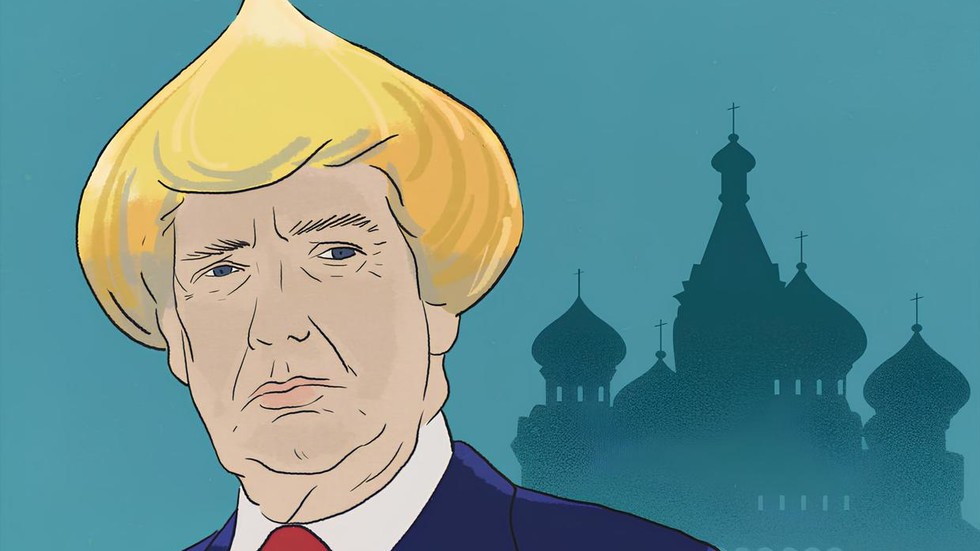By Vitaly Ryumshin, political analyst at Gazeta.ru
A year ago, if someone had told me that the United States would pressure Ukraine into paying reparations, demand that Russia no longer be called an ‘aggressor’, float the idea of annexing Canada, and chide Western Europe for its lack of democracy – I would have laughed it off. Yet here we are, in February 2025, and what once seemed absurd has become reality.
It is no exaggeration to say that we are witnessing perhaps the most dramatic shift in US foreign policy since the early 20th century. Over a century ago, America entered World War I, laying the foundations for global dominance and the liberal world order. Today, in a dramatic reversal, Washington appears to be dismantling its own creation. The idealistic liberalism that shaped US foreign policy for decades is being replaced by cold, pragmatic realpolitik.
Trump’s America: A radical turn
This abrupt course-correction did not happen overnight. US President Donald Trump has been talking about fundamentally altering America’s role in the world since at least 2015. However, his first term saw more rhetoric than action, leading many to dismiss his words as bluster. Even when his second term began with an aggressive shake-up of the global order, it was unclear whether he was serious or merely testing the waters.
The Munich Security Conference this year provided clarity. After Vice President J.D. Vance’s historic speech, it became evident that the old United States – the one that upheld Western unity and global democracy – was gone. What remains is a new America, one that prioritizes self-interest over ideological commitments.
Prioritizing China, abandoning Europe
For Trump, China is America’s primary adversary. He views Beijing as an existential threat, accusing it of siphoning wealth from the US through trade imbalances and expanding its influence into the Western Hemisphere, long considered America’s untouchable ‘backyard’. To counter this, Washington must refocus its efforts – but excessive entanglements in regions of little value to the US have hampered this pivot.
Trump’s first order of business is reducing Washington’s commitments to Europe. This aligns with his longstanding ‘America First’ doctrine: the US should protect only its own interests and not bankroll European security out of some outdated sense of transatlantic solidarity. The ideological divide between Trump and Western European elites has grown too wide, and he has not forgotten how they mocked him and supported his domestic opponents.
With that in mind, Trump is determined to make Europe shoulder its own security costs. He expects NATO members to contribute their fair share and is not shy about pushing for leadership changes that align more closely with his views. By doing so, he hopes to free the US from what he sees as an unnecessary burden, allowing Washington to concentrate on the real geopolitical contest – its rivalry with China.
A strategic rapprochement with Russia
In contrast to his approach toward Europe, Trump is actively pursuing closer ties with Russia. Again, this is not surprising. The US-Russia-China triangle has long been a delicate balancing act for American strategists. During the Cold War, Henry Kissinger and Richard Nixon successfully peeled China away from the Soviet Union, isolating Moscow. Trump appears intent on repeating that maneuver – this time by courting Russia to contain China.
As part of this strategy, Trump is prepared to make significant concessions to Moscow. He sees Ukraine as outside the zone of vital US interests and is willing to sacrifice Kiev’s ambitions in exchange for Russian cooperation. There are even discussions about reintegrating Russia into Western institutions such as the G7. For Trump, these are minor concessions in the grand geopolitical game, but they could yield substantial gains.
Energy and economic interests
Another major driver of Trump’s outreach to Russia is energy. The US president believes that high energy prices are stifling the American economy. So far, efforts to persuade American oil producers and Saudi Arabia to increase production have fallen flat. A rapprochement with Moscow could provide an alternative solution: boosting Russian oil and gas exports to the US while offering American companies lucrative contracts for Arctic resource extraction.
For Russia, a new era of political and economic cooperation with the United States could be beneficial – but only if Washington abandons its past ideological constraints. With Trump at the helm, there is a unique opportunity for dialogue based on pragmatic interests rather than liberal moralizing and hegemonic ambitions.
The question of longevity
The biggest unknown in this equation is how long Trump’s new approach will last. His presidency has upended decades of American foreign policy, but the US political system remains unpredictable. There is no guarantee that his successor – whether in 2029 or sooner – will continue down the same path. If Trump is ousted or constrained by internal opposition, the US could revert to its previous stance, undoing his realignment efforts.
Nevertheless, as long as Trump holds power, Washington will likely continue its recalibration. The US is shifting its priorities, reducing its commitments in Europe, and seeking strategic gains in its rivalry with China. For Russia, this represents both a challenge and an opportunity. The key question now is whether Moscow can leverage this moment to secure lasting benefits from its engagement with the new America.
For now, the world watches as Trump reshapes the geopolitical landscape – perhaps more dramatically than any US president in modern history.
This article was first published by the online newspaper Gazeta.ru and was translated and edited by the RT team
Read the full article here


